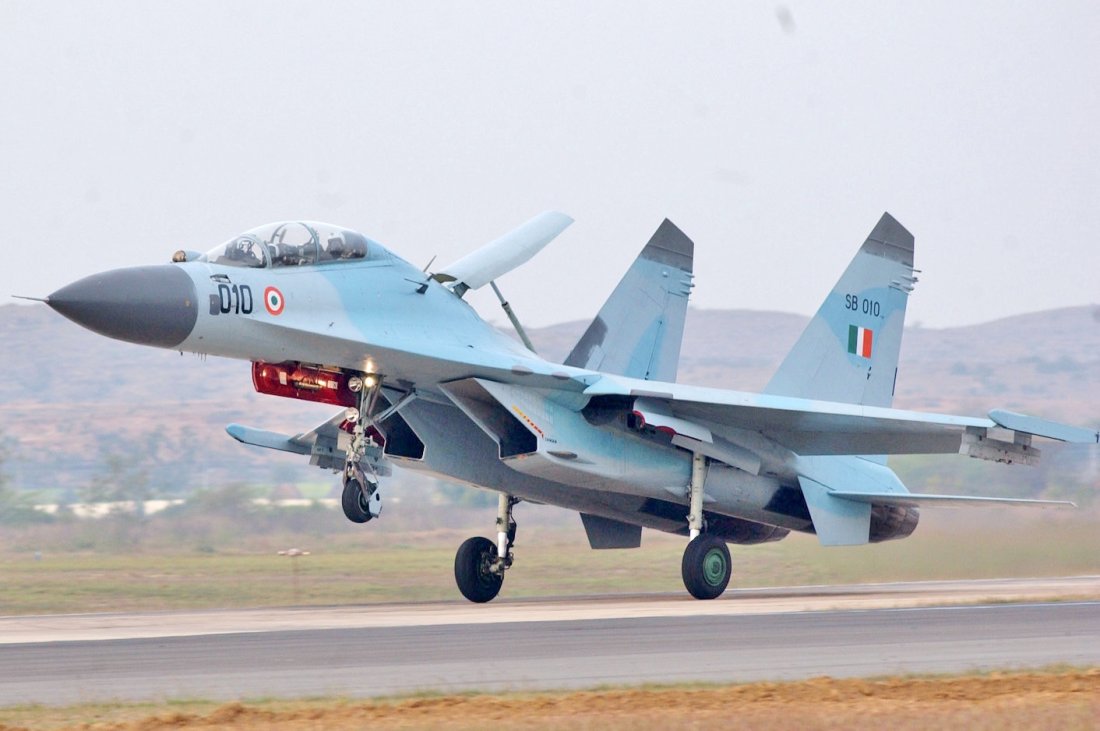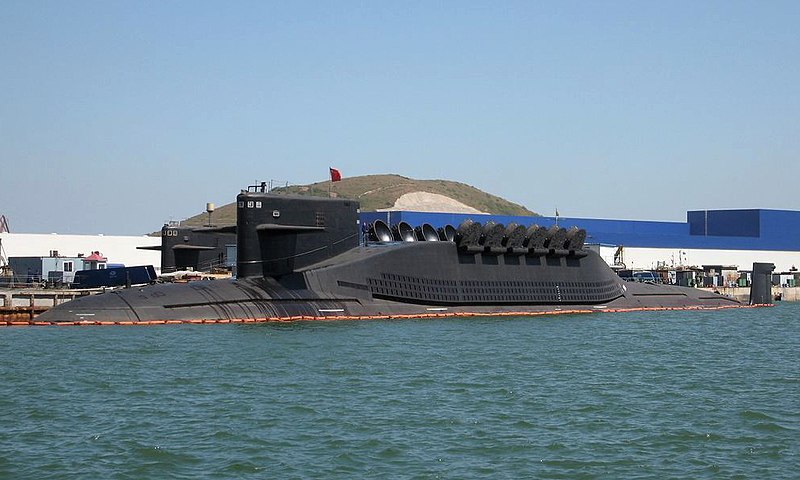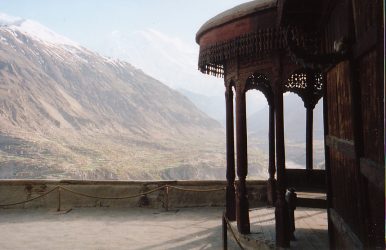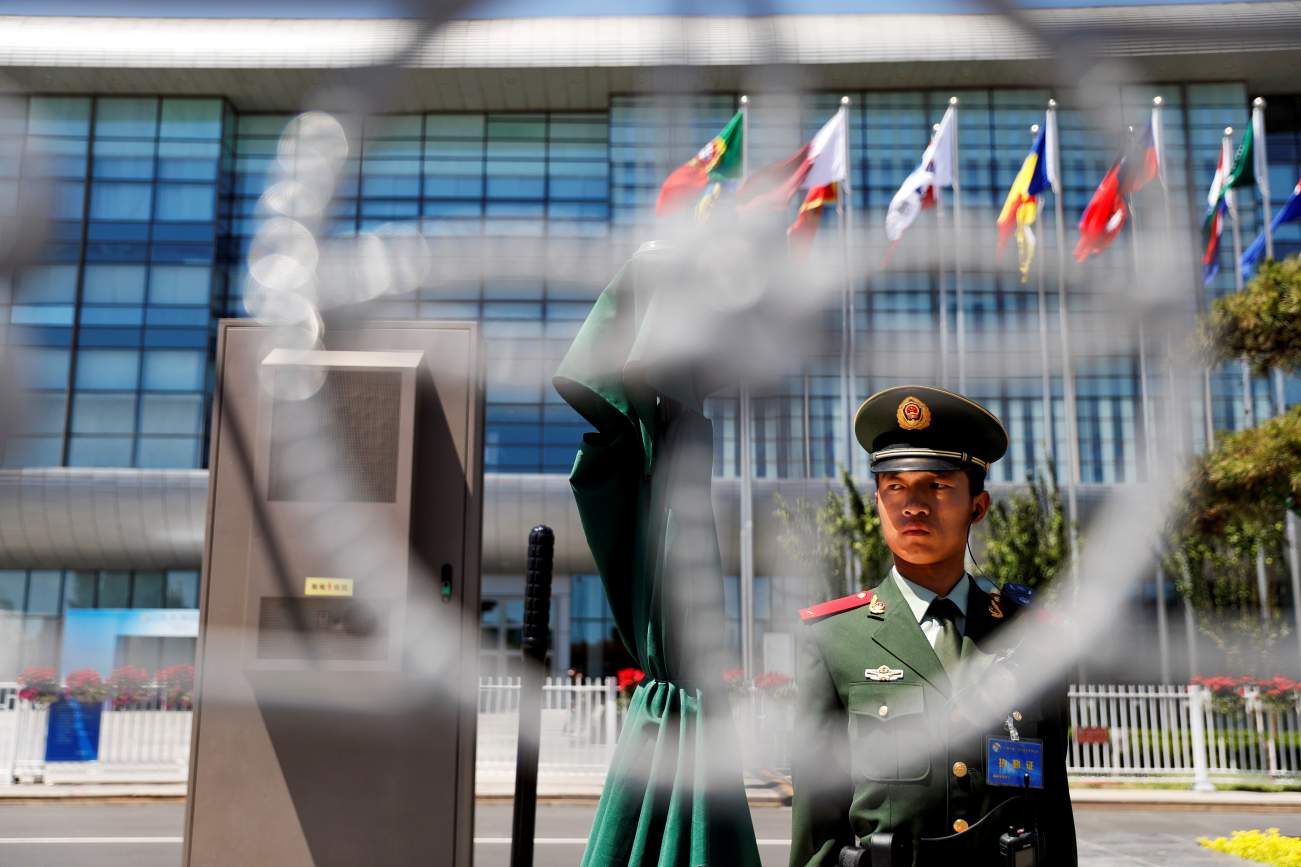Maj Gen P K Mallick, VSM (Retd)
A targeted operation was launched a little after midnight on a tip-off that three Jaish terrorists, including the handler of the Pulwama suicide bomber, were hiding in the Pinglan area. Personnel of the 55 Rashtriya Rifles, the CRPF and the Special Operation Group of the Jammu and Kashmir police were involved in the encounter.
The encounter took place about 12 km away from Lethpora where a JeM suicide bomber, identified as Adil Ahmed Dar, drove his explosives laden vehicle into a CRPF bus, killing 40 personnel and injuring many others on Thursday. The encounter began after the security forces launched a cordon and search operation in the area during the night after receiving inputs about the presence of militants. The search operation triggered a gun battle early on Monday morning, which continued intermittently till Monday evening..
Three militants affiliated to the extremist group were killed in a 17-hour gunfight with security forces. Two terrorists have been identified as Pakistanis. All the three killed terrorists were affiliated with JeM and were wanted in a series of terror crimes including attack on security establishments and civilian atrocities. One of the Pakistani terrorists identified as Kamran had taken over as operational commander of JeM after Mufti Waqas who was killed in an encounter in February last year. Kamran was a key aide of Jaish chief Masood Azhar. Kamran, the mastermind of the Pulwama terror attack and top commander of Jaish, remained active in Pulwama and Awantipora since 2017 and had a history of terror crime records. He was responsible for the recruitment of people to the terror fold and several terror crime cases were registered against him. "Kamran's role in the February 14 suicide bombing of a CRPF convoy was under the scanner of investigators," a senior police official said.











